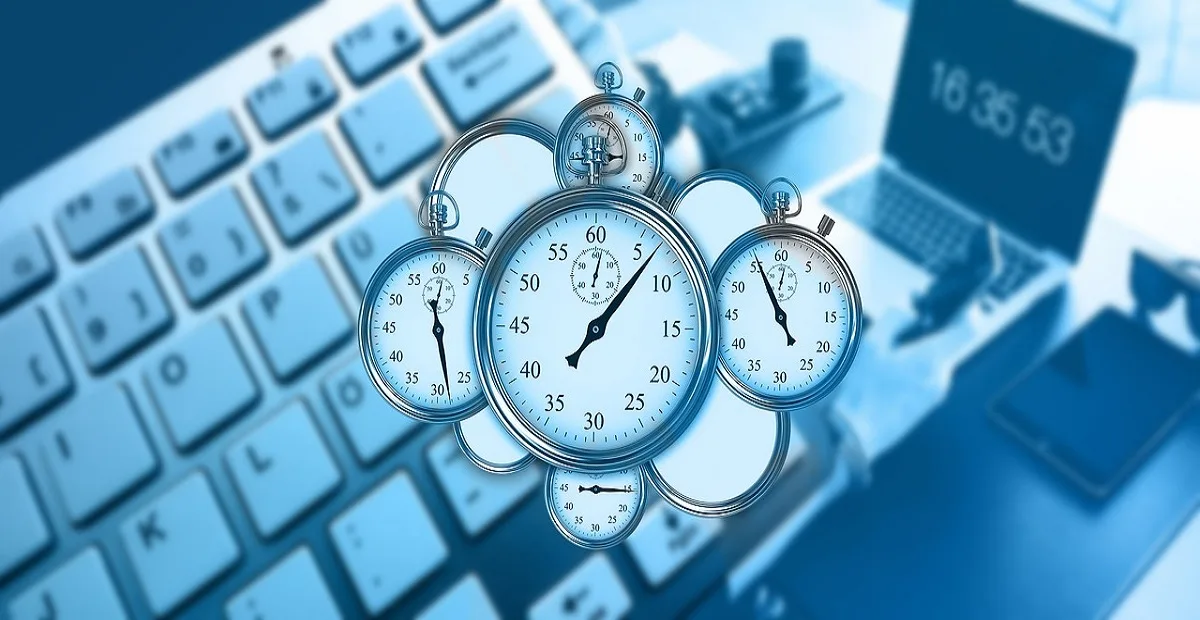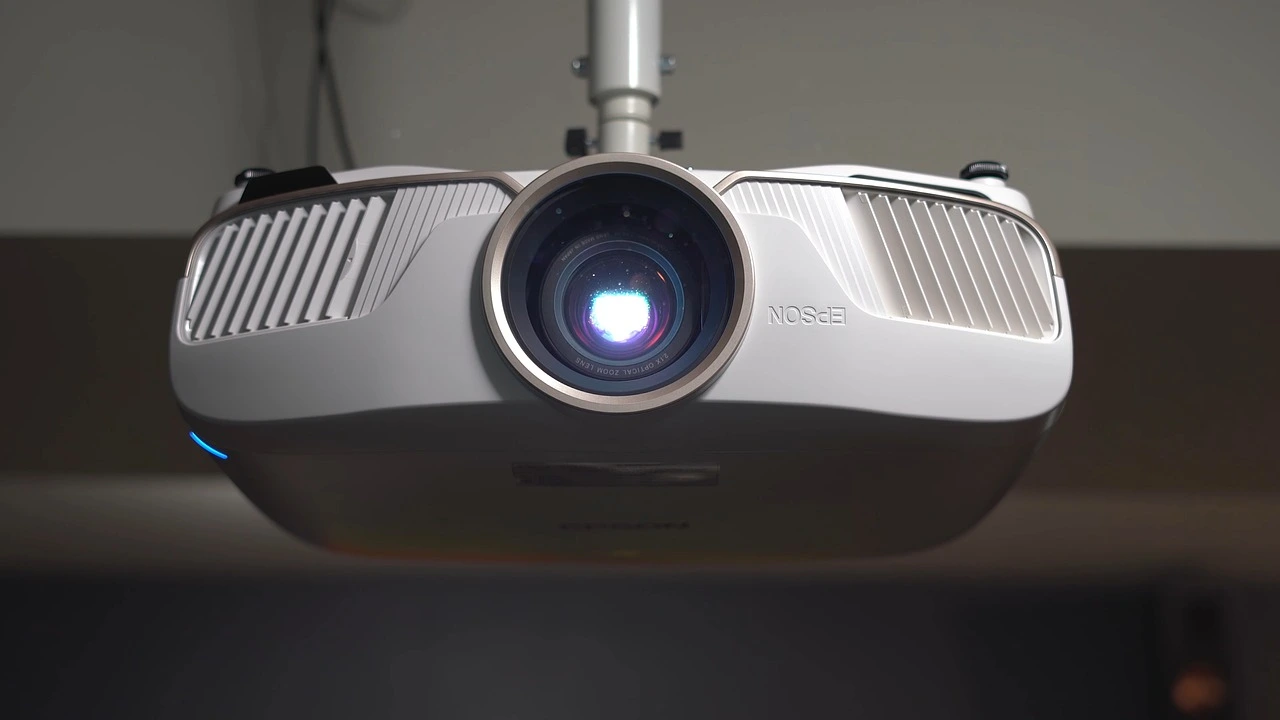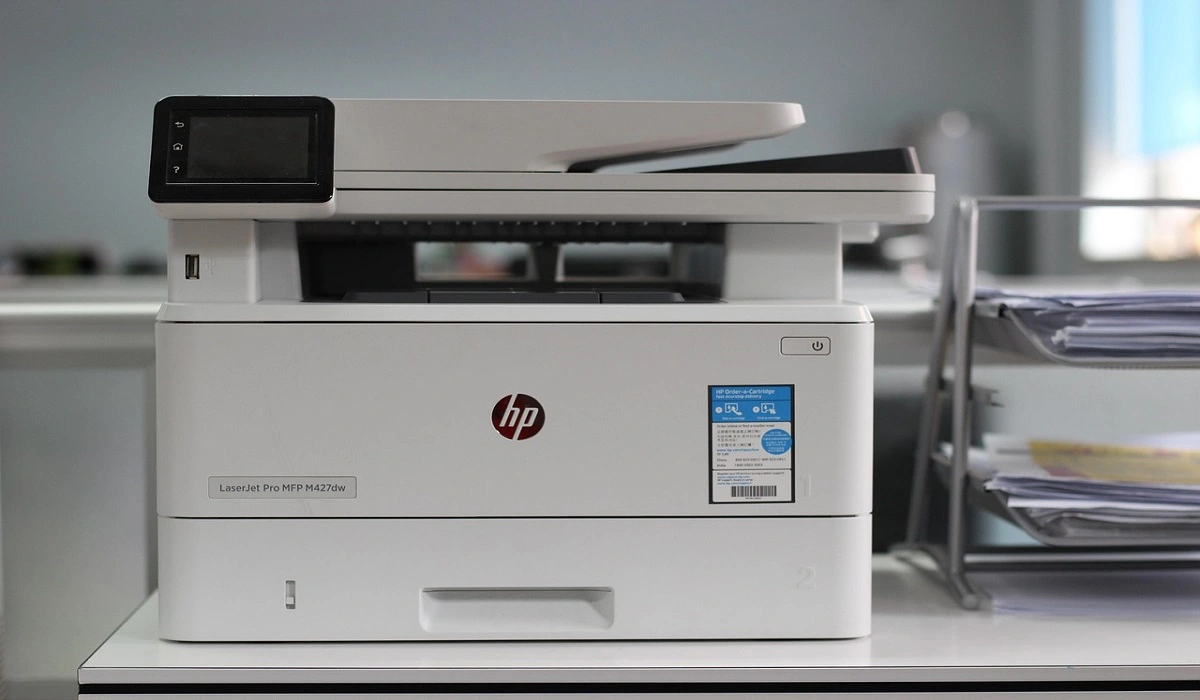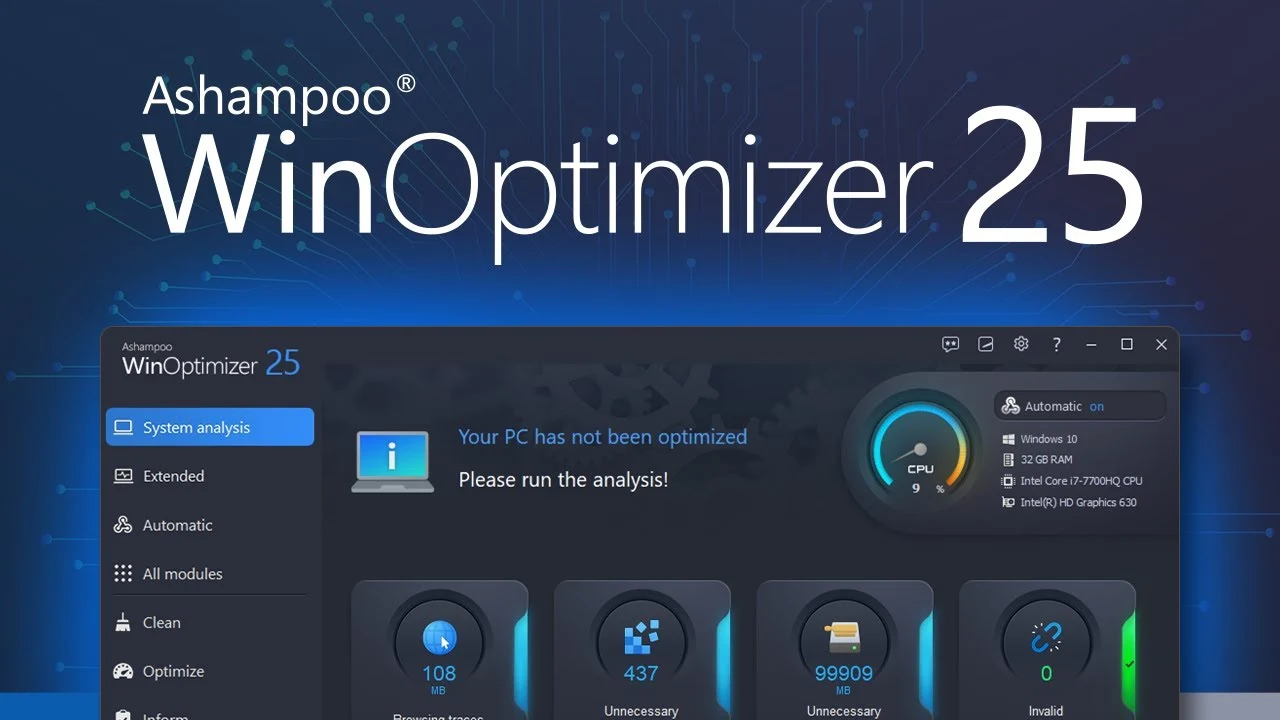How To Set Your Time And Zone Manually Windows 11/10: Complete Guide
Windows computers usually set the time automatically. But sometimes you need to set your time and zone manually on Windows systems. This happens when automatic settings fail. It also happens when you travel to different time zones.
Manual time setting gives you full control. You can fix wrong time displays. You can also set custom time zones.
This guide shows you exactly how to do it. We cover the steps for both Windows 10 and Windows 11.
Advantages and Disadvantages: Setting up Time and Zone Manually on Windows 10/11
Manual time and zone control offers both benefits and drawbacks. Understanding these helps you make the right choice for your needs.
Advantages:
- You have full control over your system’s time.
- It works even when there’s no internet connection.
- You can fix errors caused by automatic time syncing.
- It’s great for people who travel across time zones.
- Remote workers can avoid unwanted time changes.
- Offline systems benefit from stable time settings.
- It helps prevent time drift in isolated environments.
Disadvantages:
- You must update the time manually during daylight saving changes.
- It can lead to scheduling conflicts with apps or meetings.
- Timestamps may be incorrect on files or logs.
- You’ll need to check and adjust the time regularly.
- System logs might show confusing or inconsistent entries.
- Some applications may not work properly with manual settings.
Top 7 Ways To Set Your Time and Zone Manually On Windows 11/10
Here are seven proven methods to set your time and zone manually in Windows operating systems. Each method works for different situations.
Method 1: Using Settings App (Windows 11)
The Settings app is the easiest way to set your time and zone manually in Windows 11. This modern interface is user-friendly. It works well for basic time adjustments.
Windows 11 Settings offers clear options. The interface is clean and simple. Most users prefer this method over others.
Precautions Before Performing the Steps:
- Close all running programs to avoid conflicts
- Note your current time zone before making changes
Steps:
Step 1: Press Windows key + I to open Settings. Click “Time & language”. Select “Date & time.”
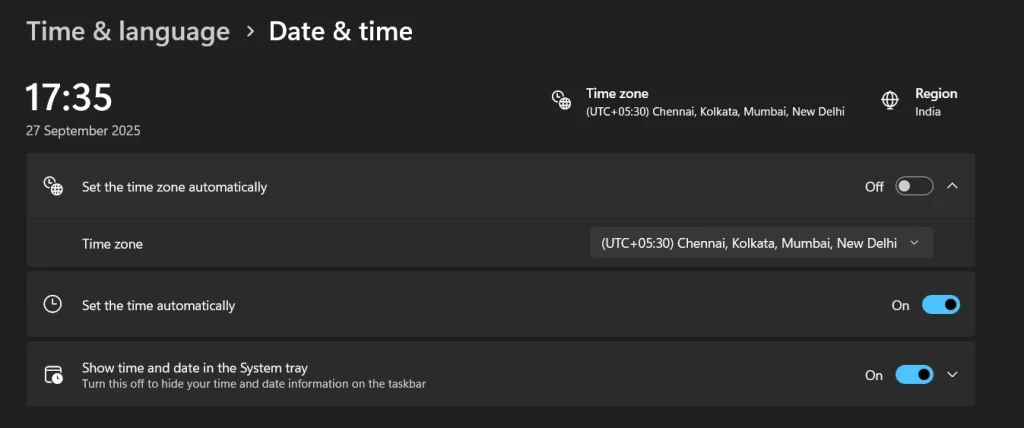
Step 2: Turn off the “Set time automatically” toggle. Click “Change”. Next to “Set date and time manually” to adjust.
Method 2: Using Settings App (Windows 10)
Windows 10 Settings works similarly to Windows 11. The layout is slightly different. But the process remains straightforward and effective.
This method suits most Windows 10 users. It provides all necessary options in one place. The interface is familiar to most people.
Precautions Before Performing the Steps:
- Ensure you have administrator privileges
- Check the current system time before changes
Steps:
Step 1: Open Settings with Windows key + I. Navigate to the “Time & Language” section.
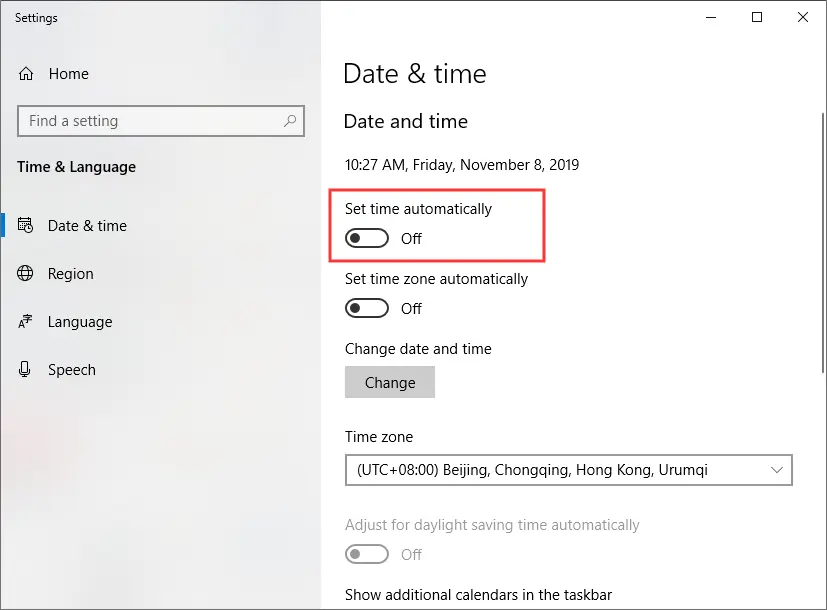
Step 2: Disable “Set time automatically.” Click “Change” under date and time to set manually.
Method 3: Using Control Panel
Control Panel offers traditional time settings. This method works on all Windows versions. Advanced users often prefer this approach.
The Control Panel method provides detailed options. It includes regional settings too. This gives you more control over formats.
Precautions Before Performing the Steps:
- Back up current time settings if needed
- Ensure no critical tasks are running
Steps:
Step 1: Type “Control Panel” in the Start menu. Go to “Clock and Region” then “Date and Time.”
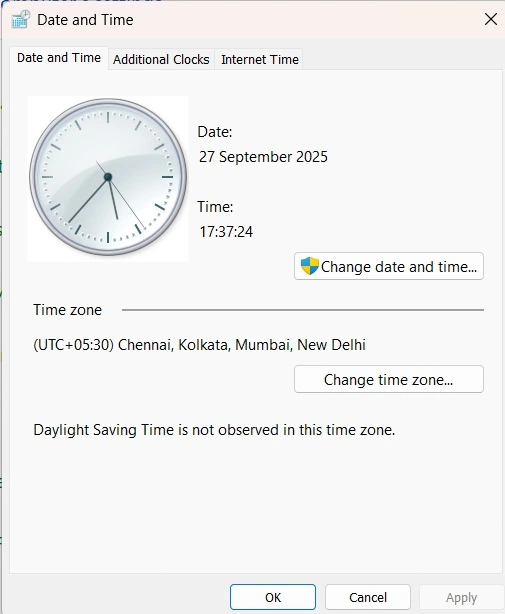
Step 2: Click the “Change date and time” button. Set your preferred time and click “OK.”
Method 4: Using Command Prompt
Command Prompt offers quick time changes. This method works for tech-savvy users. It’s faster than GUI methods for bulk changes.
Command-line control is powerful. You can script time changes. This helps system administrators manage multiple computers.
Precautions Before Performing the Steps:
- Run Command Prompt as administrator
- Double-check the time format before entering
Steps:
Step 1: Press Windows key + R, type “cmd” and press Ctrl+Shift+Enter for admin access.
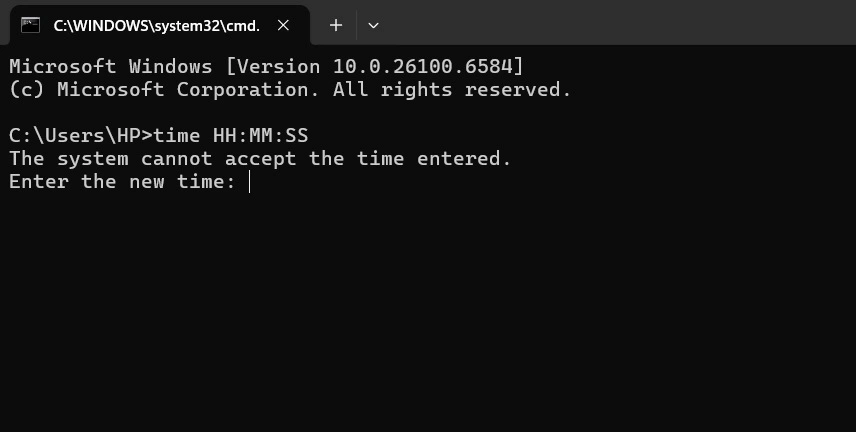
Step 2: Type “time HH:MM:SS” (replace with desired time) and press Enter to confirm.
Method 5: Using PowerShell
PowerShell provides advanced time management. This method offers more features than the Command Prompt. IT professionals use this for system automation.
PowerShell commands are more flexible. You can set complex time rules. This method suits enterprise environments well.
Precautions Before Performing the Steps:
- Open PowerShell with administrator rights
- Understand PowerShell syntax before proceeding
Steps:
Step 1: Right-click the Start button. Select “Windows PowerShell (Admin)” from the menu.
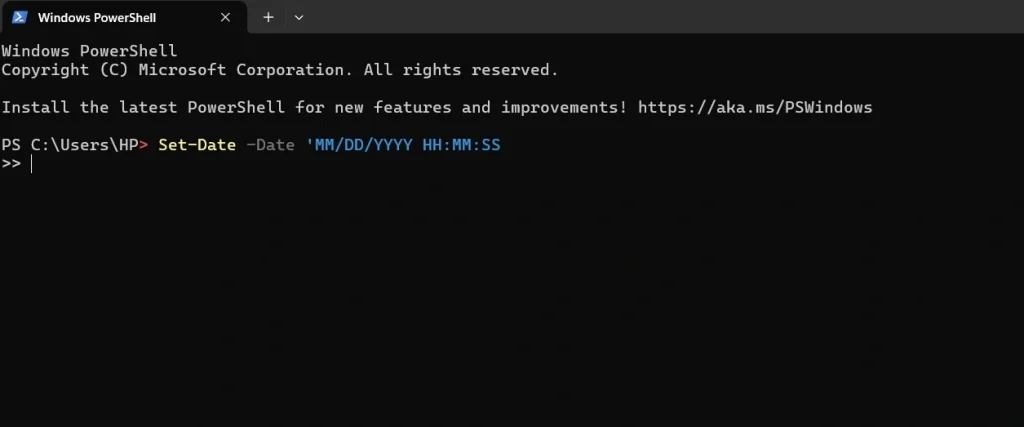
Step 2: Type “Set-Date -Date ‘MM/DD/YYYY HH:MM:SS'” with your desired date and time.
Method 6: Using Registry Editor
Registry editing provides deep system control. This method is for advanced users only. Wrong changes can damage Windows.
Registry modifications are permanent. They survive system restarts. This method fixes stubborn time issues.
Precautions Before Performing the Steps:
- Create a full system backup before editing the registry
- Only edit if you understand registry consequences
Steps:
Step 1: Press Windows key + R. Type “regedit” and press Enter to open Registry Editor.
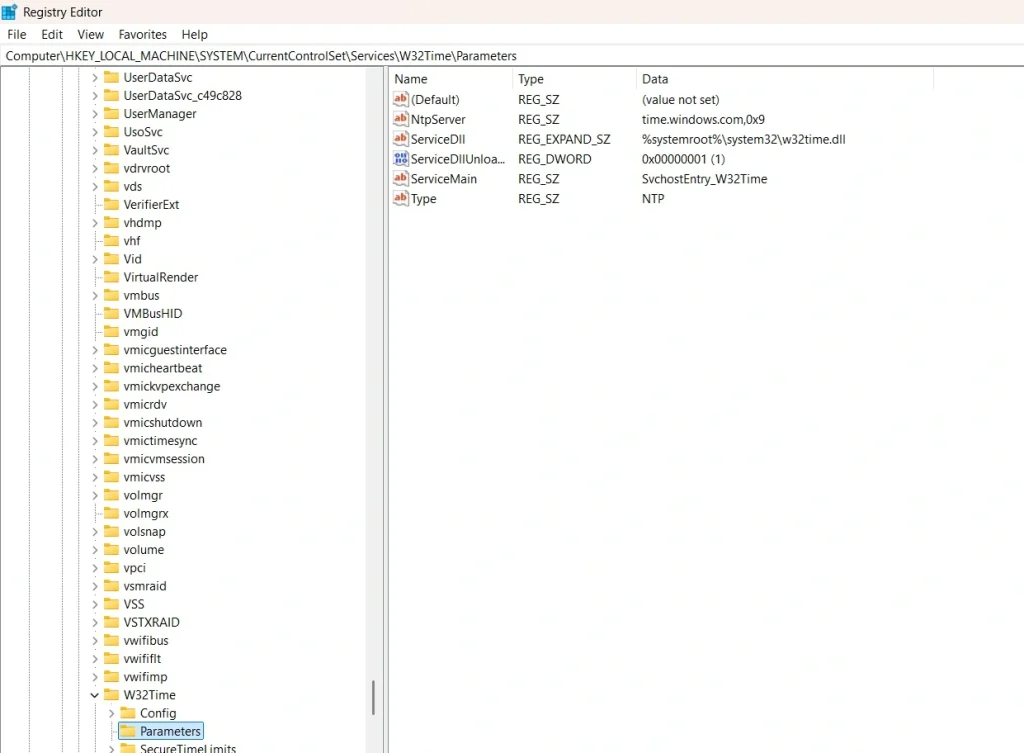
Step 2: Navigate to HKEY_LOCAL_MACHINE\SYSTEM\CurrentControlSet\Services\W32Time\Parameters and modify time values.
Method 7: Using Group Policy Editor
Group Policy controls system-wide settings. This method works for Windows Pro versions. It’s perfect for managing multiple users.
Group Policy changes affect all users. These settings override individual preferences. Network administrators use this method often.
Precautions Before Performing the Steps:
- Only available in Windows Pro/Enterprise editions
- Changes affect all system users
Steps:
Step 1: Press Windows key + R, type “gpedit.msc” and press Enter to open the editor.
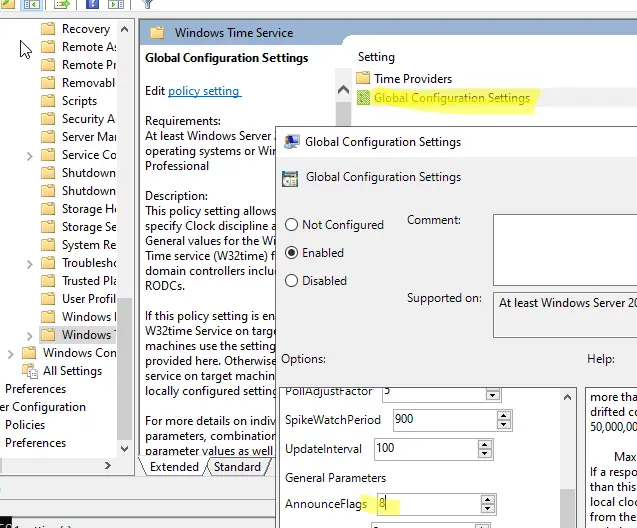
Step 2: Go to Computer Configuration > Administrative Templates > System > Windows Time Service to configure policies.
Advanced Tips By Author
These expert tips will help you master manual time settings. Follow them to avoid common issues and keep your system running smoothly.
- Disable automatic time synchronization before making manual changes. This prevents conflicts between manual and automatic settings.
- Set the time zone first. Then adjust the actual time. This ensures better accuracy and avoids mismatches.
- Use the 24-hour format in commands. It helps avoid confusion between AM and PM.
- Test time changes with non-critical applications. This lets you catch problems before they affect important tasks.
- Keep a backup of your working time settings. You can restore them quickly if something goes wrong.
- Monitor system logs after changing the time. This helps you detect any issues early.
- Use UTC time for servers. It simplifies time management and avoids timezone-related errors.
- Update the BIOS time if your system clock keeps resetting. This can fix persistent time drift problems.
Conclusion
Learning to set your time and zone manually Windows gives you complete control. These methods work for different skill levels. Choose the one that matches your comfort zone.
Manual time control solves many common problems. It helps when automatic sync fails. It also works great for offline systems. Remember to update settings when needed.
Practice these methods on a test system first. This builds your confidence safely. Soon you’ll handle any time-related issue with ease. Your Windows system will always show the correct time.
FAQs:
Q: Why won’t my Windows computer keep the correct time after manual setting?
This usually happens when automatic time sync is still enabled. Turn off automatic time synchronization first. Then set your time manually. Also, check if your CMOS battery is working properly. A dead battery causes the time to reset on every boot. Replace the battery if it’s old. Some third-party software can also interfere with time settings. Disable any time-related applications temporarily to test.
Q: Can I set different time zones for different user accounts on the same computer?
No, Windows uses a single system-wide time zone setting. All user accounts share the same time zone. However, you can use different time formats and regional settings per user. Some third-party applications let individual users see different time zones. But the core system time zone remains the same for everyone. This prevents confusion and maintains system consistency.
Q: What happens to scheduled tasks when I change the time manually?
Scheduled tasks may run at unexpected times after manual time changes. Tasks scheduled for the “past” might run immediately. Tasks scheduled for the “future” will wait until that time arrives. Windows Task Scheduler handles most changes well. But some tasks might skip or run multiple times. Check your task schedule after time changes. Restart the Task Scheduler service if needed for proper operation.
Popular Post
Recent Post
How To Connect to Your PC Remotely Windows [Complete Guide]
Many people need to reach their computer from far away. Well, yes! It may be for work, study, or personal use. Remote access helps you open files, use your apps, and control your system even when you are not near the device. It gives you the comfort of using your computer anywhere through the internet. […]
How To Connect to a Wi Fi Using a QR Code: Latest Guide
Wi-Fi is now a basic part of our lives. We use it at home, in offices, schools, and public places. But typing long passwords every time you connect can be annoying. Sometimes you might even forget your Wi-Fi password. That is where QR codes come in handy. With QR codes, you can connect to any […]
How To Connect a Wireless Printer Easily to Windows 11/10 PC
Printing tasks are part of most home and office work today. Isn’t it? Well, yes! Using a wireless printer makes printing easier and faster because you don’t need cables. It allows you to print documents and images from any corner of your room as long as your device and printer are connected to the same […]
How To Connect Your Windows 11 PC to a Projector or Another PC
A bigger screen can help you share your work with others. When you connect your Windows 11 PC to a projector, your screen becomes easier to view in a meeting room, classroom, or home. You can show slides, videos, notes, or entertainment. Most people do this for work or study, but it is also helpful […]
How To Set Up Dual Monitors Easily Windows 11/10: Complete Guide
Working with one screen can feel limiting. You switch between apps constantly. Your workflow slows down. A dual monitor setup changes everything. It gives you more space to work. You can see multiple things at once. This guide shows you how to set up dual monitors easily on Windows systems support. Windows 11 and Windows […]
How to Set Your Preferred Default Printer On Windows 11/10: Complete Guide
Printing documents should be simple. But many users struggle with their printer settings. Windows often picks the wrong printer as the default. This creates delays and wastes paper. Setting up your preferred printer as the default saves time. It prevents printing errors. This guide shows you how to set your preferred default printer Windows systems […]
Ashampoo WinOptimizer Review: Can It Really Speed Up Your PC?
Is your computer running slowly? Do programs take forever to load? You’re not alone. Millions of PC users face this problem daily. Ashampoo WinOptimizer claims it can fix these issues. This software promises to clean junk files, boost speed, and make your computer run like new. But does it really work? Or is it just […]
Screen Mirroring | Screen Cast Phone to Laptop Windows 11
screencast phone to laptopScreen mirroring is a great way to show your phone’s screen on a laptop. Right? Whatever you see on your phone, videos, games, apps, it shows up on the bigger screen too. It’s great for watching with friends, sharing ideas, or just getting a better view. Lots of people think it’s hard […]
Avast Cleanup PC Cleaner and Optimizer: Everything You Need to Know
Your computer gets slower over time. This is normal but frustrating. Files pile up. Programs start automatically. Your PC takes forever to boot up. You need a solution that works. Something simple but effective. Avast Cleanup promises to fix these issues. But does it really work? This guide covers everything about Avast Cleanup. You’ll learn […]
How to Recover Permanently Deleted Files in Windows 10/8/7
Losing important files can feel like a disaster. Well, yes! Maybe you deleted something by accident. Maybe you emptied the Recycle Bin a little too quickly. Suddenly, that crucial document or cherished photo seems lost forever. But take a deep breath. Windows 10 (and even 8 or 7) offers powerful ways to recover permanently deleted […]

